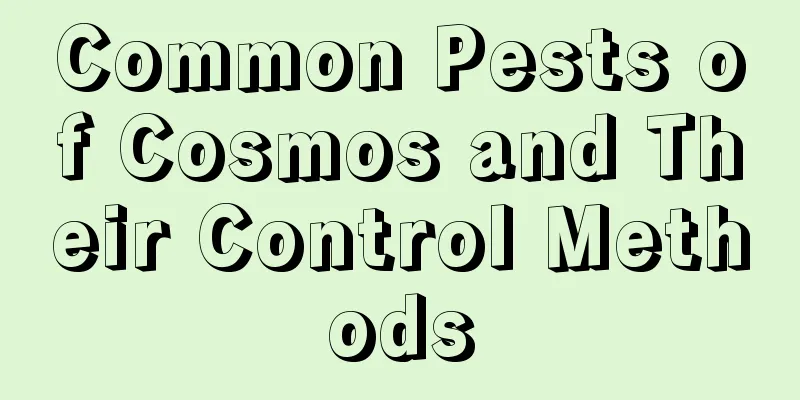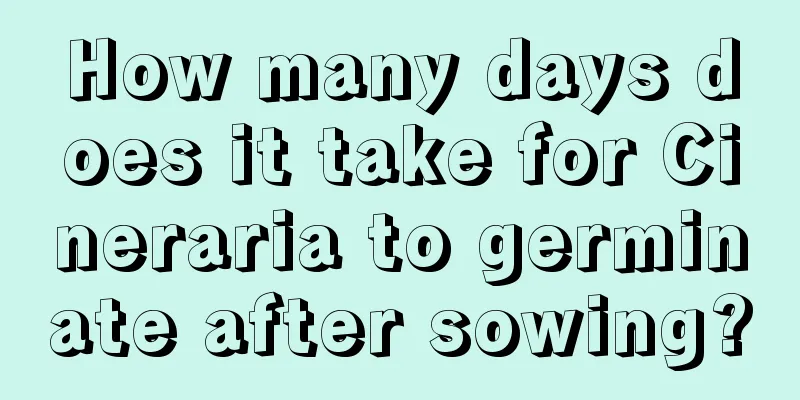Common Pests of Cosmos and Their Control Methods

Common pests of cosmos: aphidsCharacteristics of aphid damageAphids, also known as honey bugs and sticky insects, mostly belong to the Aphididae family of the order Homoptera. They are pests with piercing-sucking mouthparts. They often gather on leaves, tender stems, flower buds, terminal buds and other parts, sucking sap, causing the leaves to shrink, curl, and become deformed. In severe cases, they cause the branches and leaves to wither or even the death of the entire plant. The honeydew secreted by aphids can also induce sooty mold disease, viral diseases and attract damage from ants. Aphid control methodsKill aphids with laundry detergent: Laundry detergent has a contact killing effect on aphids. Use a brush dipped in a 1:500 ratio solution of laundry detergent and water to scrub the aphids on the branches and leaves of flowers. You can also use a small sprayer to spray it, which can also effectively scrub off the honeydew secreted by aphids. Common pests of Cosmos: Scarab beetlesScarab beetle pest symptomsThe larvae of the beetle have a long incubation period, their activity patterns are irregular, and their activity areas are shady. They often gnaw on the leaves quietly, and you can do nothing about it because it is difficult to spot them. The beetles mainly eat the leaves, affecting the appearance of the plant. Prevention and treatment methodsThe larvae move vertically with the rise and fall of ground temperature every year. When the ground temperature is around 20℃, the larvae mostly feed at a depth of more than 10 cm. They usually crawl to the surface from deep in the early morning and dusk in summer, and bite the stems, main roots and lateral roots of bamboo willows near the ground. By digging deep under freshly infected plants, you can find the larvae and treat them collectively. Common pests of Cosmos: Red spider mitesRed spider mites pest symptomsAffected by red spider mites, the leaves fade, the chlorophyll is destroyed, dense small yellow spots and yellow spots appear on the surface, and they gradually shrink, turn yellow, and wither. In severe cases, they fall off and lose their ornamental value. Prevention and treatment methodsRed spider mites often hide on the back of branches, leaves or in densely foliaged areas. They can be concealed by nets and easily captured manually. If chemical agents are used for treatment, you can use 20% trichloronate emulsion, add 800-1000 times water, make a solution for spraying. This drug has a good killing effect on adults, nymphs and eggs. You can also add 1000-1500 times the amount of DDT emulsion into water to make a solution for spraying. |
<<: Forsythia suspensa pests and diseases and their control methods
>>: Diseases and Pests of Plane Flower and Their Control
Recommend
How long is the growth cycle of lotus?
Introduction to Lotus Growth Lotus grows in calm,...
How often should you water your blueberry bushes?
How often should you water your blueberry bushes?...
How to take care of newly bought plum blossoms
1. How to deal with plum blossoms when you just b...
How to turn yellow bamboo poles green
1. Suitable lighting The light provided during th...
The reason why the stem of the money tree shriveled, can the stem wrinkles be restored?
1. Too much watering The money tree is very droug...
How to grow purple rice in pots? How to grow purple rice in pots?
How to grow purple rice The succulent purple rice...
How to propagate pepper tree
1. Planting There are some disadvantages to propa...
What are the breeding methods and precautions for golden sparrows?
The golden broom, also known as the goldbroom and...
Where is the best place to plant Buddha's hand?
Buddha's hand planting area Generally, Buddha...
This flower will bloom into a waterfall when hung on the wall. If you pick the right time to soak it in water, it will not get sick all year round!
Dendrobium varieties 1. Dendrobium candidum When ...
Mimosa planting methods and precautions Mimosa cultivation tips (simple method)
How to plant mimosa Soil selection To cultivate M...
Cultivation methods and precautions for cactus grafted with Christmas cactus
1. Lighting When grafting cactus onto Christmas c...
How to plant okra seeds
Okra seed planting time Okra likes to grow in a w...
Bean planting method steps Bean planting time and technology
Before cultivating beans, you should select high-...
Where is the best place to plant Atractylodes macrocephala?
Atractylodes macrocephala planting conditions Atr...









